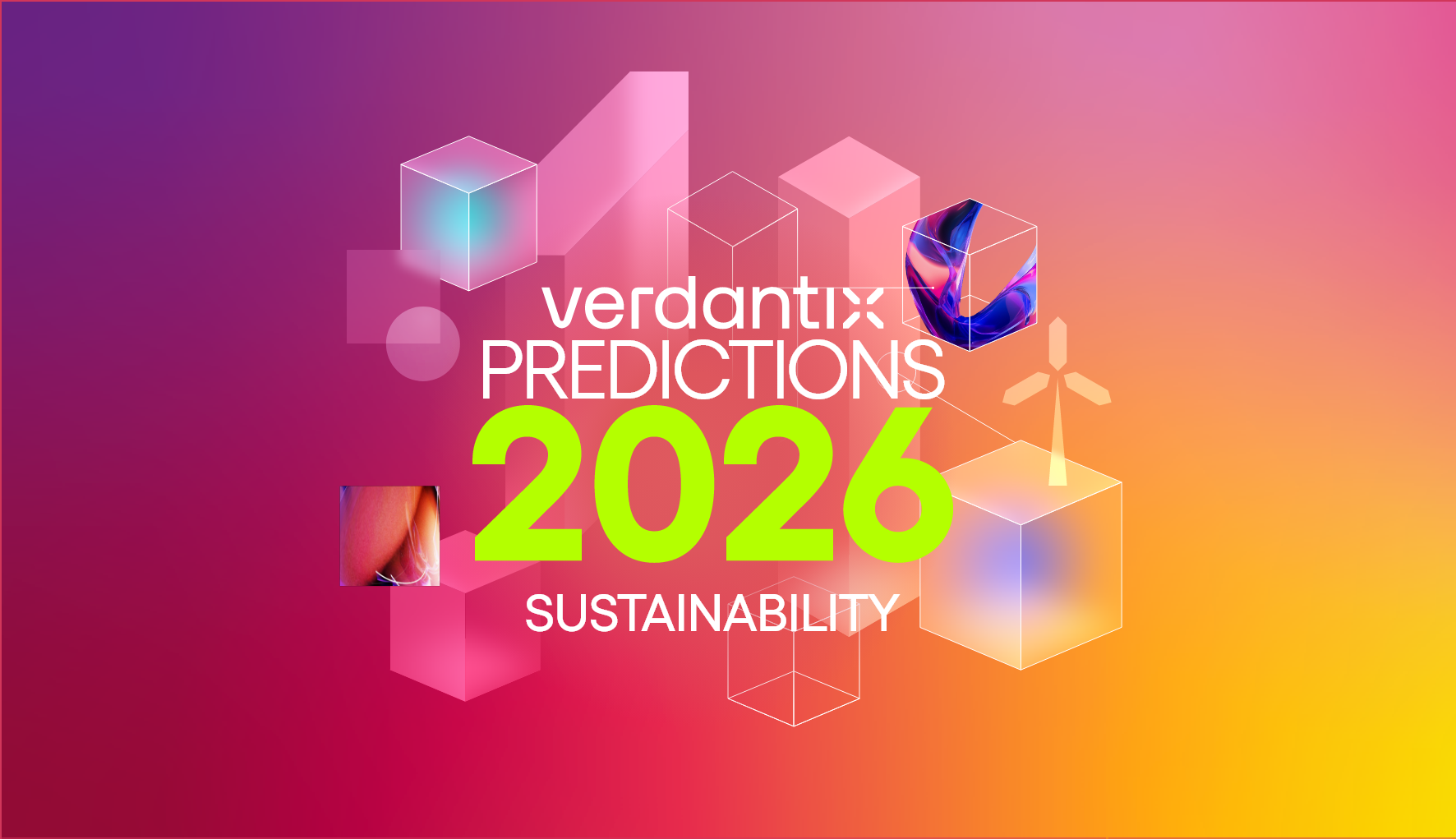Towards Transparency In Supply Chains: Key Lessons From The SAC Case
Sustainability index providers often draw criticism from a broad range of sustainability activists, with mixed results. In June, the Sustainable Apparel Coalition (SAC), which owns the Higg MSI, paused the Transparency pilot program after the Norwegian Consumer Authority (NCA) questioned its use for marketing. Earlier this week, the NCA clarified the benefits and shortcomings of generic data to inform consumers, highlighting the need to develop a harmonized way to communicate sustainability information.
The SAC Transparency pilot program’s case shines a spotlight on a continuing challenge that index providers, regulators, retailers, and manufacturers face in ensuring the accurate presentation of sustainability data. More than ever, retail and manufacturing firms need to provide stakeholders with credible assessments and communicate their social and environmental impacts to avoid reputational damage. For this purpose, firms need even more primary supply chain sustainability data to generate consumer trust in their ESG behaviour. Thus, while the SAC’s Transparency Pilot could have been a good starting point for consumers to understand how their purchases directly impact the environment, this case highlights the fact that the market has higher expectations today, and how businesses present the data and its meaning is crucial.
Finding the right level and representation of sustainable data is crucial as firms face increasingly complex regulatory environments. For example, in the European Union, the Corporate Sustainability Due Diligence Directive (CSRD) will require firms to examine their sustainability risk and their impact on society and the environment. Also, firms must follow other national laws around supply chain sustainability, including the German Duty of Care Act and Norway's Transparency Act. While all three regulations deal with supply chain sustainability, the granularity of data required differs among them. Norway's law, for example, is considered much more stringent than the CSRD, which requires a much more generalized assessment of firms' sustainability impact.
Thus, regulators, activists, consumers and ESG data providers must move forward together and agree on what sort of sustainability information is needed, and how it should be presented to stakeholders. Indeed, it is crucial for firms to acknowledge the real challenges of sustainability assessments like life-cycle analysis, and to establish a radical transparency approach that considers both the extent and limitations of the data.
In this context, sustainability insights platforms such as Higg play a crucial role in setting accurate expectations among firms, consumers, and regulators. In areas where assessment limitations threaten the credibility of firms' sustainability commitments, partnerships between regulators, industry leaders and stakeholders are essential. Higg continues to focus on its platform, which many of its customers depend on to gather important supply chain sustainability information and generate consumer trust in their ESG commitments.
About The Author

Elisa Molero
Senior Analyst





